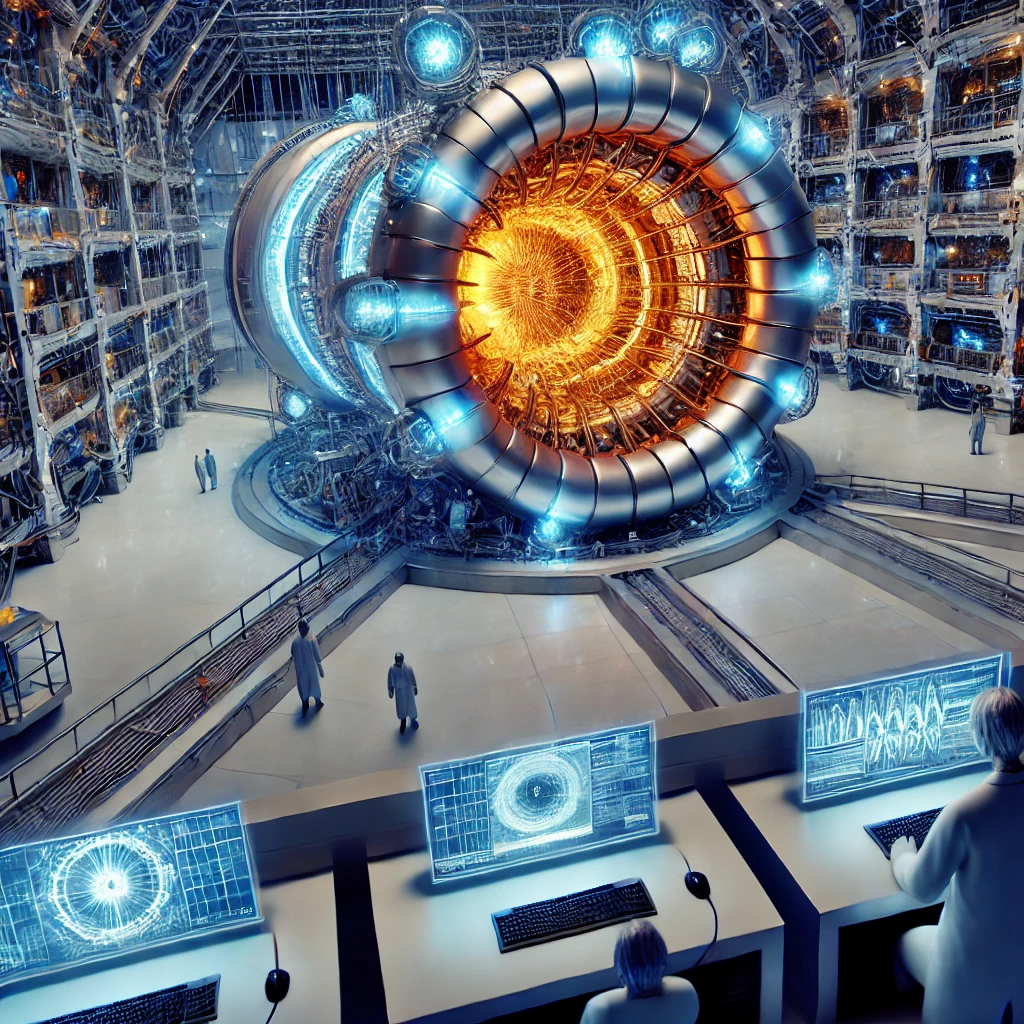What is the Fusion Project?
Article Source

Why you should care
The ITER project is a massive international effort to create a new source of energy through nuclear fusion. This process has the potential to provide a clean, limitless energy supply. Understanding this project is vital because it could change how we produce energy, reduce carbon emissions, and combat climate change.
Answering the question… What is the Fusion Project?
The ITER (International Thermonuclear Experimental Reactor) project aims to demonstrate the feasibility of nuclear fusion as a large-scale energy source. Located in France, it involves 35 nations and will produce 500 megawatts of energy from just 50 megawatts of input. This means it can generate 10 times more energy than it consumes!
How was the study done?
Researchers analyzed the project's design and engineering phases, focusing on the construction and technology required for the reactor. They also reviewed international collaborations and funding strategies, highlighting challenges and achievements in the project.
What was discovered?
- ITER aims to produce 500 megawatts of fusion power, which is 10 times the energy input of 50 megawatts.
- It involves 35 countries, showcasing a global collaboration for sustainable energy.
- The reactor is expected to operate for 20 years, providing insights into long-term fusion viability.
- The project has a budget of approximately €20 billion, making it one of the most ambitious energy projects ever.
- Researchers estimate that successful fusion could supply 1 billion homes with energy, drastically reducing reliance on fossil fuels.
- ITER’s design includes over 1 million components, each engineered for extreme conditions, ensuring the reactor can withstand high temperatures of 150 million degrees Celsius.
Why does it matter?
The discoveries from the ITER project are crucial for our future energy landscape. If successful, fusion could become a key player in fighting climate change by providing clean, safe, and nearly limitless energy. This could lead to reduced greenhouse gas emissions and a more sustainable planet for future generations.
